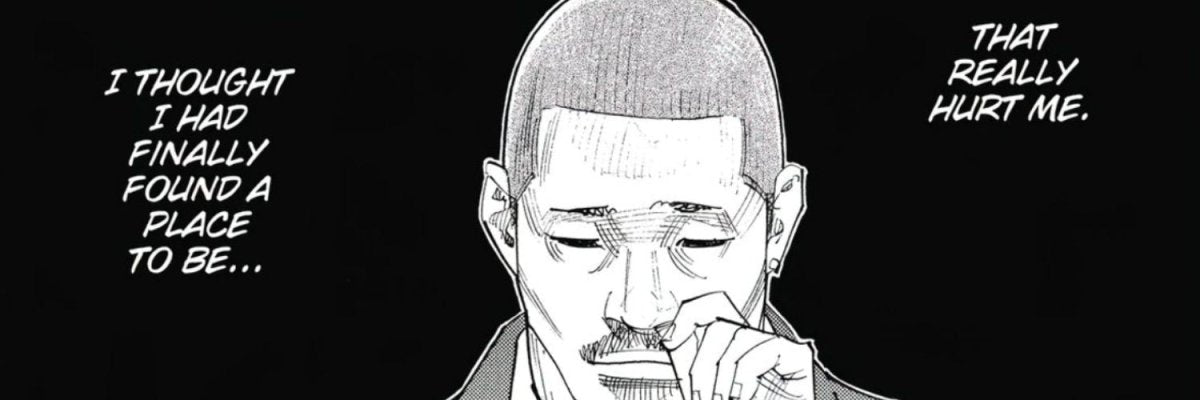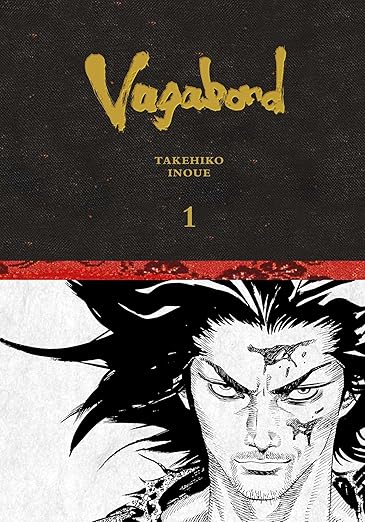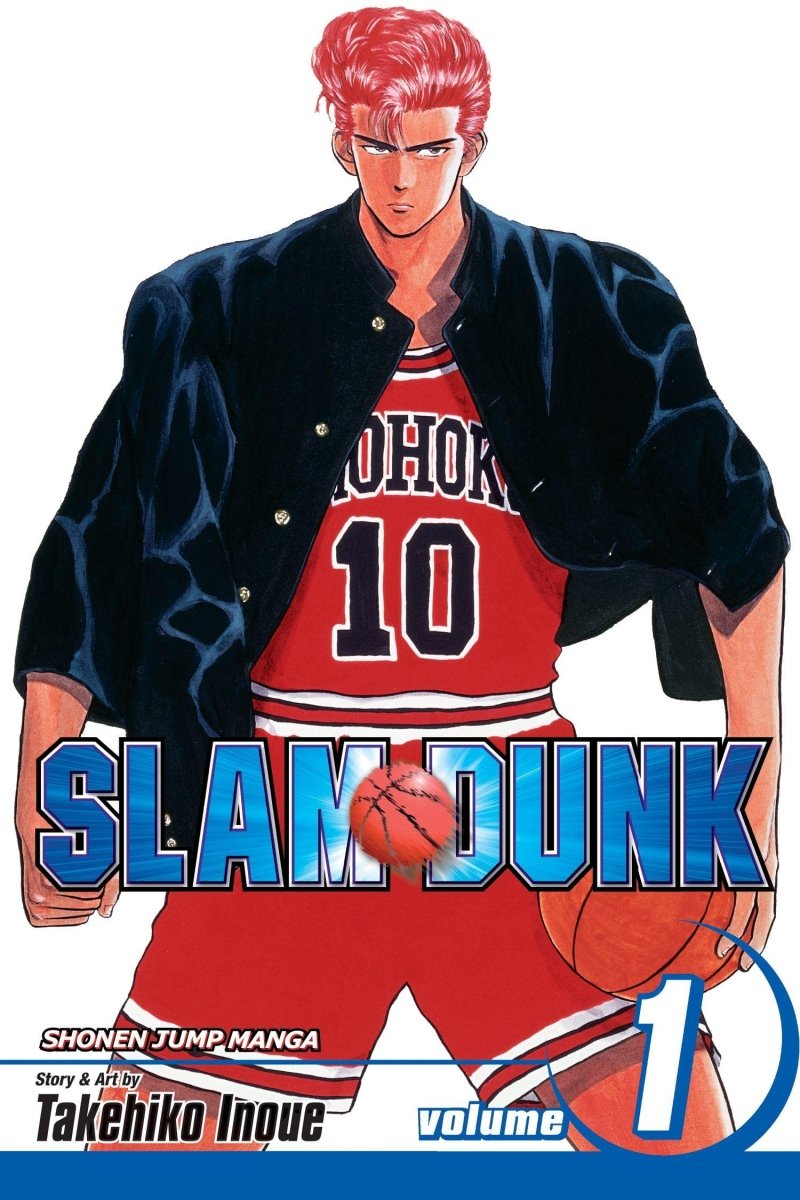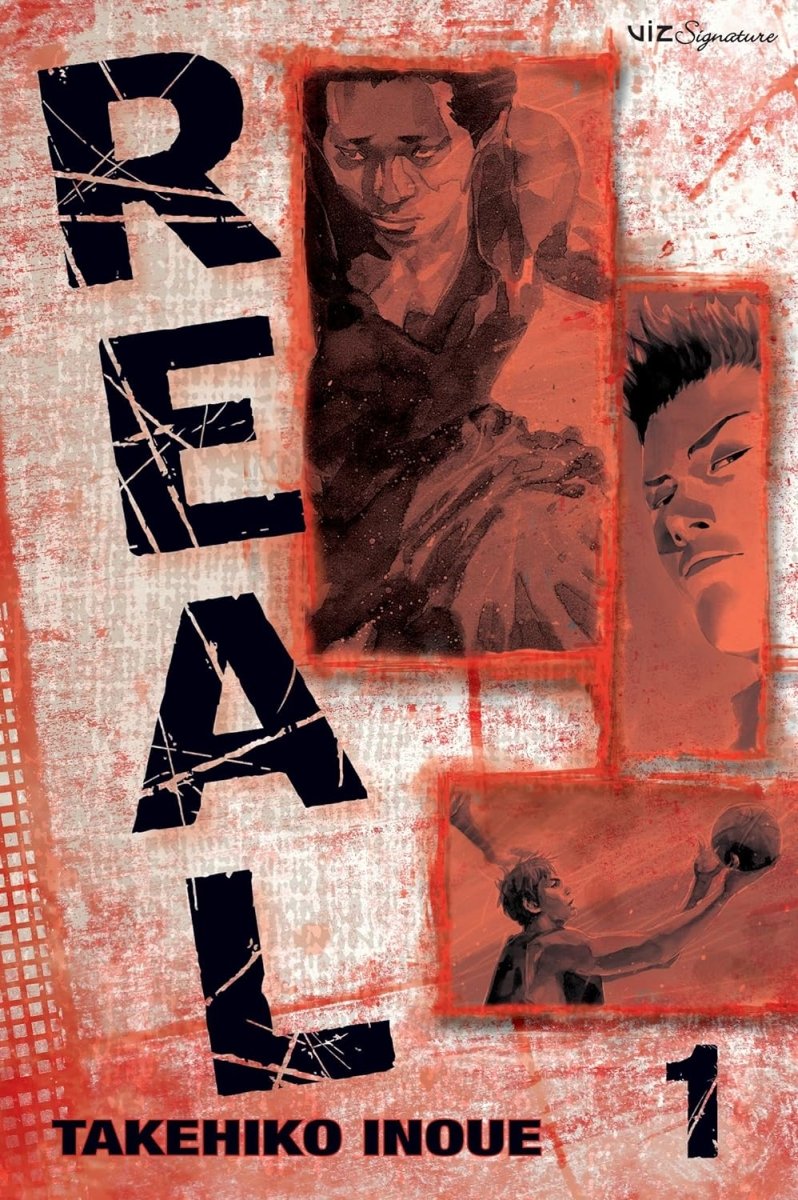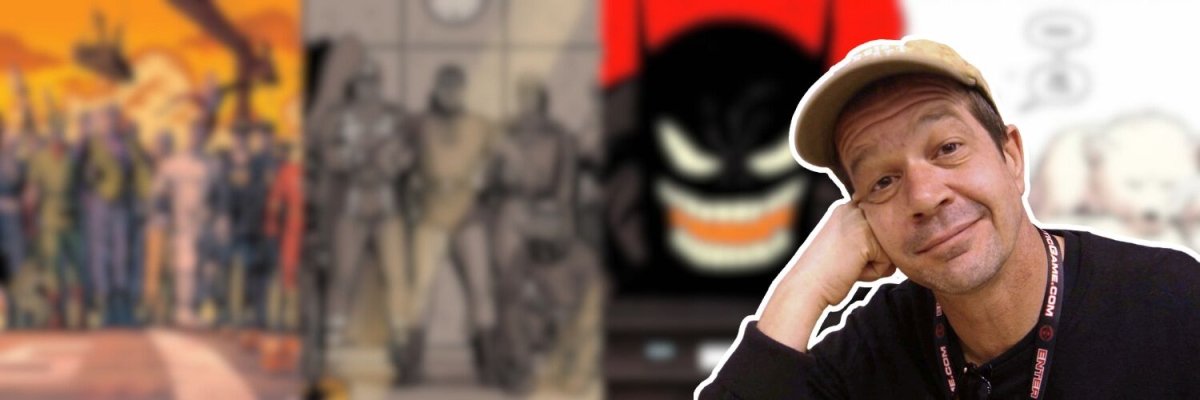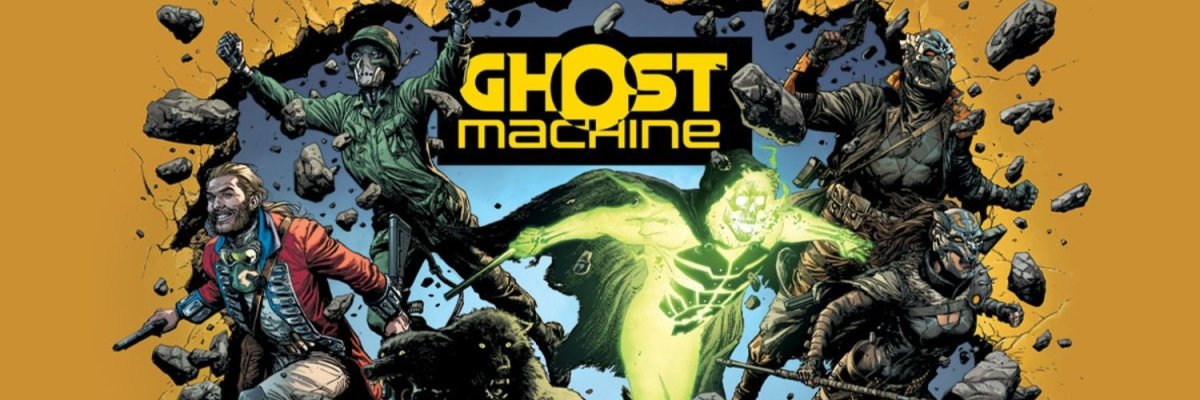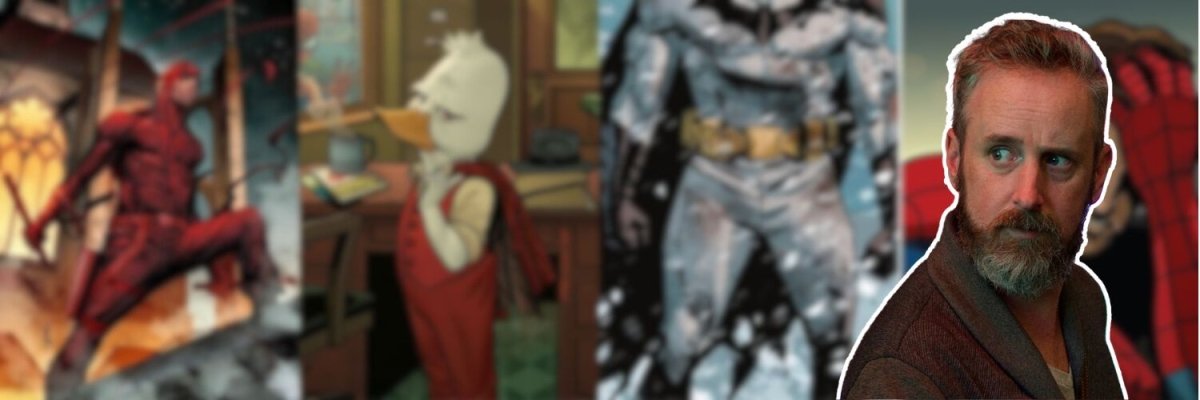
Written by Daniel
A nerd from day one, who will talk about his love for fiction and printed stories for hours!
What makes Comics and Manga truly special?
Everyone may answer this differently. For me, the special thing about this type of storytelling is the fusion of painting and writing – the union of two different forms of art. For me, art – whether it is painting, writing, or music – is the embodiment of the human spirit. We create art with our souls and our hearts. Art is what truly makes us human. Manga and Comics allow us to merge two of these forms of expression into one. A type of storytelling where both elements interact and complement each other to tell stories that neither could have told alone. This fusion is what makes Comics and Manga truly special for me.
Nonetheless, art is subjective, and everyone may find different styles or techniques beautiful. While you may approach art with an objective perspective, no one can truly say that your opinion is right or wrong when it comes to taste. In the end, everyone likes different things – and that brings a beautiful diversity with it. Thus, it is quite surprising when almost an entire community agrees on something. But once you see the incredible art by Takehiko Inoue, you’ll understand why every Manga fan claims that his work is among the best of the best. I would even say that Inoue is THE BEST artist in Manga and Comics, due to his extreme passion and incredibly beautiful style.
The first time I saw Inoue’s art, I was blown away immediately. It was clean, fluent, and felt like something out of heaven. I could feel his love for art in every drop of paint, and I started changing all my wallpapers across all devices to his artworks. After reading more and more of his work, I even found videos of him painting in front of a camera. That was the moment he became one of my biggest inspirations. Watching Inoue paint is art in itself. The way he fully engages with his work and puts a piece of himself into every stroke was mesmerizing. For me, Inoue is the embodiment of passion in art – the state in which you completely lose yourself in your work and give birth to something special.
This is why I need to tell you all about his three main stories in this article!

Vagabond
It is the year 1598. Toyotomi Hideyoshi, known as the second unifier of Japan, passes away before his son comes of age. This leaves a power vacuum, which is to be filled by five trusted feudal lords of Hideyoshi, tasked with ruling until his son reaches adulthood. However, soon after Hideyoshi’s death, battles begin over who should become the next lord.
In 1600, a battle rages in Sekigahara between the forces of Ishida Mitsunari, representing Hideyoshi’s son, and Tokugawa Ieyasu, one of those opposing him. Although Tokugawa’s forces are smaller, he emerges victorious. This not only marks a turning point in Japanese history but also begins the Edo period.
While the Sengoku period was filled with wars and battles, the Edo period would become a relatively peaceful time, making the existence of the Samurai less essential. This marks the beginning of the end for these legendary warriors. However, this does not mean there were no men who still wished to follow the path of the Samurai.
During the battle of Sekigahara, two 17-year-old boys, Takezō and Matahachi, are badly wounded after joining the losing side. Both manage to survive not only the war but also looting hunters who attack them shortly afterward. Against all odds, the boys survive and swear to become “Invincible under the heavens,” choosing separate paths to reach that goal. While Matahachi leaves right away, Takezō decides to return to their village first – a decision that proves unwise. Due to his extreme violence and almost animal-like behavior, shaped by growing up in the woods, Takezō is seen as dangerous and is framed as a criminal. Now exiled from his home, Takezō picks up a sword and takes on a new name – Miyamoto Musashi. He wanders through Japan as a vagabond, seeking to become the strongest Samurai by defeating powerful opponents.
What Makes Vagabond So Thrilling?
What makes this story thrilling to me, as a history nerd, is that it’s based, at least in part, on real history. The manga is inspired by the classic 1939 novel Musashi by Eiji Yoshikawa, which is based on the legendary swordsman and philosopher Miyamoto Musashi. While the novel takes plenty of creative liberties, it still follows the real historical events of Japan during that period. Yoshikawa also drew from various tales, myths, and historical documents about Musashi to stay as accurate as possible. Although there will always be debates about what truly happened, due to a lack of concrete verification, it’s still amazing to see how closely Yoshikawa tried to align with what may have transpired in Musashi’s life.
To reflect Musashi’s philosophy, the novel also draws inspiration from his own book, A Book of Five Rings. This is by far the most accurate relic we have from that time, as it contains Musashi’s actual thoughts. Because Vagabond takes so much inspiration from the novel, the manga also closely follows the real-life events surrounding Miyamoto Musashi – which I absolutely love!
At first glance, this story may seem like a classic tale of “I want to become the strongest!” However, it is far more than that. Although the battles are intense and thrilling, the real focus is the philosophical question of what it means to be strong. Miyamoto Musashi is in his early twenties when we follow him on his journey. He is naïve, arrogant, and still has much to learn. Paired with his extremely violent nature and unwavering focus on his goal, we follow a truly unique character.
Unlike other stories of this kind, the focus is not on his victories, but on what goes through his mind before and after each battle. Every fight changes Musashi – and the story begins to change the reader as well. As the story progresses, its themes and ideas become increasingly philosophical and mind-blowing.
Who Should Read Vagabond?
This story is a perfect fit for anyone who loves samurai, history, and deep philosophical ideas. Especially if you're in your early or mid-twenties, this story – although set in a different time – may help you understand yourself and your dreams even better. But older audiences may also find new ideas and perspectives on their lives.
It is incredibly well written and, as mentioned at the beginning, one of the best works of art I have ever seen. Every time I talk about Inoue’s art, I say: “I feel like he forgot that he is drawing manga,” because every single page looks like a masterpiece I’d love to hang on my wall. When I first read Vagabond, it took me weeks – not because I didn’t like it, but because I felt ashamed if I didn’t appreciate every single panel for at least a minute.
It’s not only considered one of the best manga of all time, but it also shares first place as my favorite manga alongside Vinland Saga.
So, if you like stories like Vinland Saga or Berserk – the other two titles in the Seinen Big Three – you should definitely check out Vagabond!

There are two different ways to enjoy Vagabond:
Firstly, we have the Vizbig Edition. This is a 3-in-1 softcover format, which currently has 12 volumes and collects 36 out of the 37 existing volumes. Although Vagabond is not yet finished, it is close to its end, and the 12 Vizbig editions include almost the entire story.
Additionally, the Vizbig Edition features a legendary and beautiful spine that everyone wants in their collection.
- Vagabond Vizbig Edition GN Vol 01
- Vagabond Vizbig Edition GN Vol 02
- Vagabond Vizbig Edition GN Vol 03
- Vagabond Vizbig Edition GN Vol 04
- Vagabond Vizbig Edition GN Vol 05
- Vagabond Vizbig Edition GN Vol 06
- Vagabond Vizbig Edition GN Vol 07
- Vagabond Vizbig Edition GN Vol 08
- Vagabond Vizbig Edition GN Vol 09
- Vagabond Vizbig Edition GN Vol 10
- Vagabond Vizbig Edition GN Vol 11
- Vagabond Vizbig Edition GN Vol 12

(This is my collection – look how beautiful the spines are!)
If you're an omni-collector looking to get into manga or simply enjoy beautiful hardcover editions, you should check out the Vagabond Definitive Edition! This is a 3-in-1 edition, similar to the Vizbig Edition, but in an even larger hardcover format, allowing Inoue’s stunning art to shine even more. It is still being released, with Volumes 1 and 2 currently available, and Volume 3 ready for pre-order!
- Vagabond Definitive Edition, Vol. 1 HC
- Vagabond Definitive Edition Vol. 2 HC
- Vagabond Definitive Edition Vol. 3 HC
If you're a fan of novels or want to read the original story (which is also concluded and gives an idea of how Vagabond will end), you should check out the novel. It has been reprinted in a hardcover edition with a cover illustrated by Inoue himself.
This novel takes you on the complete journey of Musashi and includes the most anticipated fight of the Vagabond series – if you know, you know! A wonderful addition to your Vagabond collection!
Although Vagabond is considered one of the best manga by Western audiences, Inoue had already made a name for himself years earlier with one of the biggest manga in Japan.
Slam Dunk
Slam Dunk was Inoue’s third manga and made him a legend in the early 1990s, almost 10 years before his classic Vagabond.
In Slam Dunk, we follow Hanamichi Sakuragi, a teenage boy who is often rejected by girls. He finally wants to change that once he starts high school.
And surprisingly, it actually happens! For the first time, a girl named Haruko Akagi approaches him, and they start to fall in love. To impress her, he joins the basketball club, hoping to become the star of the team. This proves difficult not only because Hanamichi has never played basketball before, but also because another boy joins the club who is practically a professional. This impresses the girls around him – even Haruko.
This sparks a rivalry between the two boys and awakens a love for the sport within Hanamichi that he never expected.
Slam Dunk Is More Than Just Basketball
Slam Dunk is a funny and wholesome high school story with a classic feel. It has romance, teenage rivalry, sports, and a lot of drama. While the story is definitely more wholesome and funny than his other works, Slam Dunk also presents the different struggles a teenager may face, which makes it a rewarding read as well.
What makes this manga truly special is following these characters and their journey – seeing how they change through passion and key moments in their lives.
You laugh, you worry, you get excited for them, and in the end, you feel connected to these characters and their dreams. Classic elements of the ’90s also bring a lot of nostalgia, which makes it even more exciting for me. This does not mean that Inoue’s art style is not blooming in this early work. We can already see in this series how talented Inoue truly is, and we can follow his artistic journey very well.
Sadly, Slam Dunk never really found the same success outside of Japan. While it is the 7th best-selling manga ever in Japan and sparked a huge hype around basketball there, the US was only able to publish a single complete run with 31 volumes – which, to this day, is the only English release available. However, if you enjoy basketball, a funny and wholesome high school story about following your dreams and overcoming struggles, and want to see what Inoue’s roots looked like, you will definitely enjoy Slam Dunk.
- Slam Dunk GN Vol 01
- Slam Dunk GN Vol 02
- Slam Dunk GN Vol 03
- Slam Dunk GN Vol 04
- Slam Dunk GN Vol 05
- Slam Dunk GN Vol 06
- Slam Dunk GN Vol 07
- Slam Dunk GN Vol 08
- Slam Dunk GN Vol 09
- Slam Dunk GN Vol 10
- Slam Dunk GN Vol 11
- Slam Dunk GN Vol 12
- Slam Dunk GN Vol 13
- Slam Dunk GN Vol 14
- Slam Dunk GN Vol 15
- Slam Dunk GN Vol 16
- Slam Dunk GN Vol 17
- Slam Dunk GN Vol 18
- Slam Dunk GN Vol 19
- Slam Dunk GN Vol 20
- Slam Dunk GN Vol 21
- Slam Dunk GN Vol 22
- Slam Dunk GN Vol 23
- Slam Dunk GN Vol 24
- Slam Dunk GN Vol 25
- Slam Dunk GN Vol 26
- Slam Dunk GN Vol 27
- Slam Dunk GN Vol 28
- Slam Dunk GN Vol 29
- Slam Dunk GN Vol 30
- Slam Dunk GN Vol 31

(Look at how his art comes alive. It truly feels like Inoue freezes time and captures every single detail).
Real
If I had a nickel for every time Inoue wrote a manga about basketball, I would have two nickels, which isn’t a lot, but it is weird that it happened twice!
However, Real is completely different from Slam Dunk. You could even argue that the sport does not play a huge role in this story. But what is Real about? Real follows three very different young men who all share a passion for wheelchair basketball after going through life-changing events.
That's it? That's Real?
It may seem odd that this summary stops here. Whenever I tell you about a story, I tend to write a bit more… but I don’t want to say more.
Real is something truly special. It is a manga that feels the most realistic (no pun intended) out of all the works I have ever read. When I first read Real, I immediately started bawling my eyes out. The life-changing events these three boys had to face are all very different and demand different approaches to live with the consequences. These paths test the three different personalities and force them through change. This manga is the best representation of what it means to overcome struggles and find your own purpose in life, no matter what lies behind you. Real truly made me rethink a lot about my own life and how I want to live.
I know that basketball, or sports in general, is not everyone’s favorite genre of manga. But Real is not really about the sport. It’s what these characters are passionate about, but it serves more as a pivotal point around which the story can revolve to explore character development. Real is more of a psychological and philosophical piece rather than a sports manga. Although, it’s still cool to learn a bit about a sport that doesn’t get a lot of attention.
Real Brought Inoue the Joy That Vagabond Could Never
If you love deeply philosophical and psychological stories, or if you’re looking for something to read after Vagabond, you HAVE TO read Real. If my opinion isn’t enough, Real is actually Inoue’s favorite series he’s written. He stated that Real brought him a joy that Vagabond could never bring. That alone is a huge reason to check out Real, especially if you like Vagabond.
Similarly to Vagabond, the series is still ongoing and, fun fact, it actually started just one year after Vagabond (not sure how Inoue manages to run two masterpieces simultaneously, but I respect that). It currently has 15 volumes, and volume 16 comes out later this year.
- Real GN Vol 01
- Real GN Vol 02
- Real GN Vol 03
- Real GN Vol 04
- Real GN Vol 05
- Real GN Vol 06
- Real GN Vol 08
- Real GN Vol 07
- Real GN Vol 09

Takehiko Inoue is the embodiment of passion and art!
If art is the essence of our human spirit, then Inoue is one of the few who truly give us 100% of their soul through passion. He writes deep stories with extremely well-written and flawed characters, who find redemption even though they may have never thought themselves worthy of it.
These inspiring stories are accompanied by some of the best art in comics or manga, making the narrative even more powerful. Inoue truly understands how art and writing must work together to elevate each other.
Inoue is definitely an artist and writer everyone should experience at least once.
Real and Vagabond are also great recommendations for new readers of manga or for those who never thought manga could be deep – they’ll be proven wrong very quickly.
What are you waiting for?
Grab your basketball and your sword, and embark on these amazing journeys!

